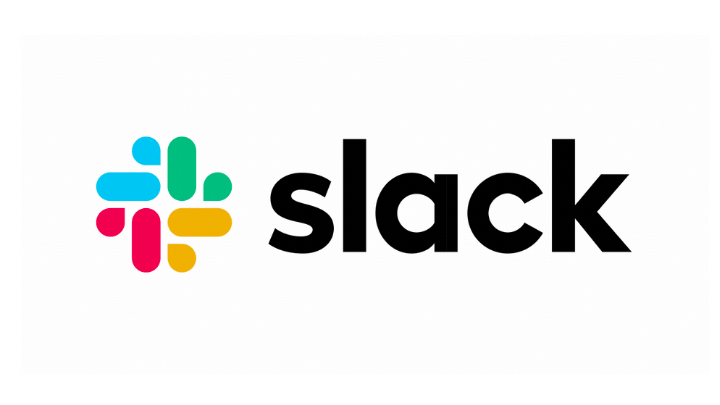We previously gave you a guide on the recommended internet requirements of popular video streaming apps. This time, we’re going to take a look at video meeting apps that many of us are using especially if we’re working remotely.
Zoom

Let’s start with the most popular one. Zoom was founded in 2011 or 10 years ago but received a remarkable global increase when the pandemic started and work-from-home measures were implemented. Below are its internet requirements from audio VoIP to video conferencing in triple screens:
• 2.0 Mbps up and down for single screen
• 2.0 Mbps up 4.0 Mbps down for dual-screen
• 2.0 Mbps up 6.0 Mbps down for triple screen
• For screen sharing only: 150 to 300kbps
• For audio VoIP: 60 to 80kbps
Skype

Skype was first released in 2003 and was the most widely used video conferencing platform by businesses and regular users. As of March 2020, Skype was used by 100 million people on a monthly basis and by 40 million people on a daily basis. However, it lost part of its market share to Zoom during the pandemic. Here are its minimum and recommended depending on the task at hand.
Calling:
• Minimum: 30 kbps download, 30kbps upload
• Recommended: 100 kbps download, 100 kbps upload
Video calling / Screen sharing
• Minimum: 128 kbps download, 128 kbps upload
• Recommended: 300 kbps download, 300 kbps upload
Video calling (high-quality)
• Minimum: 400 kbps download, 400 kbps upload
• Recommended: 500 kbps download, 500 kbps upload
Video calling (HD)
• Minimum: 1.2 Mbps download, 1.2 Mbps upload
• Recommended: 1.5 Mbps download, 1.5 Mbps upload
Group video (3 people)
• Minimum: 512 kbps download, 128 kbps upload
• Recommended: 2 Mbps download, 512 kbps upload
Group video (5 people)
• Minimum: 2 Mbps download, 128 kbps upload
• Recommended: 4 Mbps download, 512 kbps upload
Group video (7+ people)
• Minimum: 4 Mbps download, 128 kbps upload
• Recommended: 8 Mbps download, 512 kbps upload
Microsoft Teams

Microsoft Teams launched worldwide in 2017 and is part of the Microsoft 365 family of products, which also replaced Skype for Business in 2019. It features chats, channels, calling, and live events. As of 2021, it has about 250 million monthly users. Here are its bandwidth requirements:
Audio (one-to-one/Meetings):
• Minimum: 10 kbps upload / 10 kbps download
• Recommended: 58 kbps / 58 kbps
• Best performance: 76 kbps / 76 kbps
Video (one-to-on):
• Minimum: 150 kbps upload / 150 kbps download
• Minimum:Recommended: 1,500 kbps / 1,500 kbps
• Best performance: 4,000 kbps / 4,000 kbps
Video (Meetings):
• Minimum: 150 kbps upload / 200 kbps download
• Recommended: 2,500 kbps / 4,000 kbps
• Best performance: 4,000 kbps / 4,000 kbps
Screen sharing (one-to-one):
• Minimum: 200 kbps upload / 200 kbps download
• Recommended: 1,500 kbps / 1,500 kbps
• Best performance: 4,000 kbps5 / 4,000 kbps
Screen sharing (Meetings):
• Minimum: 250 kbps upload / 250 kbps download
• Recommended: 2,500 kbps / 2,500 kbps
• Best performance: 4,000 kbps5 / 4,000 kbps
Together Mode (Meetings):
• Minimum: 1,000 kbps upload / 1,500 kbps download
• Recommended: 1,500 kbps / 2,500 kbps
• Best performance: 2,500 kbps5 / 4,000 kbps
Google Meet

Google Meet, formerly known as Hangouts Meet, launched in 2017. It’s a video-communication service that is designed for those who heavily use Google services. It has integration with Google Calendar and Google Contacts for one-click meeting calls and has the capability to screen-share documents, spreadsheets, and presentations.
HD video quality bandwidth requirements:
• 2.6 Mbps with 2 participants
• 3.2 Mbps with 5 participants
• 4.0 Mbps with 10 participants
SD video quality bandwidth requirements:
• 1 Mbps with 2 participants
• 1.5 Mbps with 5 participants
• 2 Mbps with 10 participants
Cisco WebEx

Webex by Cisco is an American company that develops and sells web conferencing and videoconferencing applications. It was founded as WebEx in 1995 and taken over by Cisco Systems in 2007.
Maximum bandwidth consumption of Sending and Receiving Video:
• High Definition Video: 2.5 Mbps (Receive) and 3.0 Mbps (Send)
• High-Quality Video: 1.0 Mbps (Receive) and 1.5 Mbps (Send)
• Standard Quality Video: 0.5 Mbps (Receive) and 0.5 Mbps (Send)
Slack

Slack is a proprietary business communication platform developed by American software company Slack Technologies and now owned by Salesforce. Slack offers many IRC-style features, including persistent chat rooms (channels) organized by topic, private groups, and direct messaging.
• Voice call — 200 kbps download, 100 kbps upload
• Video call (2 participants) — 600 kbps download, 600 kbps upload
• Video call (3 participants) — 1.2 Mbps download, 600 kbps upload
• Video call (5+ participants) — 2Mbps download, 600 kbps upload
And there you have it! What video meeting apps do you usually use? Tell us your experience in the comments below.
The post Video meeting apps and their recommended internet requirements appeared first on YugaTech | Philippines Tech News & Reviews.
Source: Yugatech


No comments:
Post a Comment